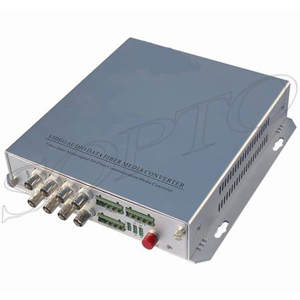-

- Sopto Home
-

- Special Topic
-

- Multiplexer Knowledge
-

- AV Signal Transmission Distance in WDM System
Multiplexer Knowledge
- Why is Multiplexing Needed in Data Communication Systems?
- What is Concept of Multiplexing in Telephone System?
- What is Digital TV Frequency?
- Outlook of the WDM Networks
- DWDM Technical Overview
- CWDM Technical Overview
- How to Activate Cable Modems?
- How to Install a Fiber Optic Modem?
- How do I Choose a Best Fiber Modem?
SOPTO Special Topic
Certificate



Guarantee
Except products belongs to Bargain Shop section, all products are warranted by SOPTO only to purchasers for resale or for use in business or original equipment manufacturer, against defects in workmanship or materials under normal use (consumables, normal tear and wear excluded) for one year after date of purchase from SOPTO, unless otherwise stated...
Return Policies
Defective products will be accepted for exchange, at our discretion, within 14 days from receipt. Buyer might be requested to return the defective products to SOPTO for verification or authorized service location, as SOPTO designated, shipping costs prepaid. .....
Applications
Multiplexers can be used to connect PBX, Hot line and other devices of network from central site to user site through fiber optical cable.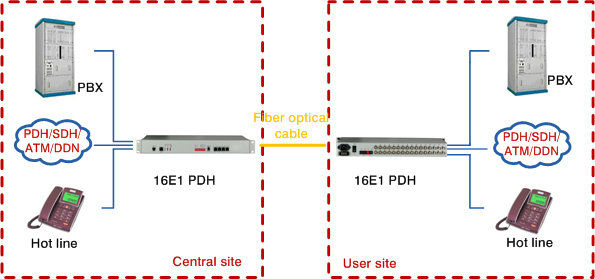
SOPTO Products
- Fiber Optic Transceiver Module
- High Speed Cable
- Fiber Optical Cable
- Fiber Optical Patch Cords
- Splitter CWDM DWDM
- PON Solution
- FTTH Box ODF Closure
- PCI-E Network Card
- Network Cables
- Fiber Optical Adapter
- Fiber Optical Attenuator
- Fiber Media Converter
- PDH Multiplexers
- Protocol Converter
- Digital Video Multiplexer
- Fiber Optical Tools
- Compatible
Related Products
Performance Feature
High integration desig
Low power consumption
Good EMC, EMI
Stable and Reliable
Multiplexer Knowledge
Recommended
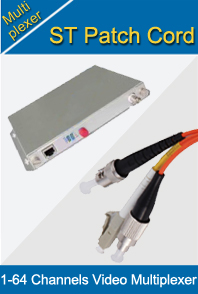
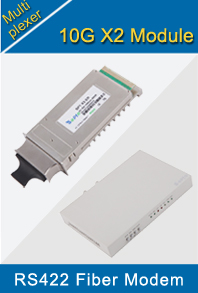
AV Signal Transmission Distance in WDM System
In a WDM system, the maximum transmission distance is affected by optical loss, fiber bandwidth, and inter-channel skew. Optical loss equates to attenuation in the fiber, connections, and splices. The loss budget, determined by transmitter output power and receiver input sensitivity, is the maximum amount of allowable optical loss in the fiber link between the transmitter and receiver.
Fiber bandwidth is the maximum frequency or data rate that can be transmitted along a given length of fiber optic cable. Skew is caused by the various wavelengths propagating at different speeds along the fiber as shown in Figure 1. The result is similar to skew created by varying twist ratios in Category cable within a twisted pair system.

Figure 1 Inter-Channel Skew in WDM Applications Limits Transmission Distance
The amount of skew in a WDM system depends upon the range of wavelengths used in the system. In multimode systems using wavelengths around 850 nm, skew can be the dominant effect limiting transmission distance. For example, an HDMI system with a 225 MHz pixel clock has a maximum allowable inter-channel cable skew of 1.78 ns.
A popular device used in multimode WDM HDMI and DVI extenders has a specified maximum distance around 300 meters (984 feet) before the skew exceeds 1.78 ns. The same device can operate up to 400 meters (1,312 feet) for an HDMI or DVI signal with a 165 MHz pixel clock to allow a maximum skew of 2.42 ns.
A TDM system transmits the fiber optic signal at a single wavelength, such that the entire signal propagates at the same speed. With negligible skew, the maximum transmission distance is limited only by the available loss budget and system bandwidth. A well-managed loss budget and use of high-bandwidth, laser-optimized OM4 fiber enables multimode TDM systems to achieve distances up to 2 km (6,561 feet), as shown in Figure 2. As a result, TDM systems achieve much greater transmission distances than WDM systems used for AV signal extension.
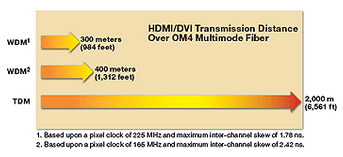
Figure 2 TDM Systems Experience Negligible Skew to Achieve Longer Transmission Distance
Single mode systems use long wavelengths around 1310 nm or 1550 nm. At these wavelengths, WDM systems experience less inter-channel skew to achieve longer transmission distances. A typical WDM single mode system for HDMI/DVI signals transmits up to 12 km (7.5 miles), compared to 30 km (18.75 miles) for a TDM single mode system. However, not all WDM systems support OS1 fiber, which is the most common type of installed single mode fiber. WDM systems with wavelengths around 1390 nm suffer high attenuation in OS1 fiber due to water peak absorption as shown in Figure 3.
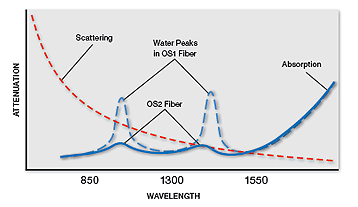
Figure 3 Attenuation in Optical Fiber
Attenuation severely limits the transmission distance. Around the 1390 nm wavelength, OS1 fiber attenuation can 4 dB/km or more due to water peak absorption. Assuming a loss budget of 10 to 13 dB, the maximum transmission distance is only 2 to 3 km at this wavelength. In order to achieve longer transmission distance, this type of WDM system requires OS2 low water peak single mode fiber. Alternatively, a single mode TDM system uses either a 1310 nm or 1550 nm wavelength, where OS1 fiber attenuation is typically 1 dB/km or less, so it operates at its full distance capability over both OS1 and OS2 fiber types.
Sopto supplies high quality communication products, like 1-64 Channels Video Multiplexers, Phone Optical Multiplexers and so on. Please contact a Sopto representative by calling 86-755-36946668, or by sending an email to info@sopto.com.




